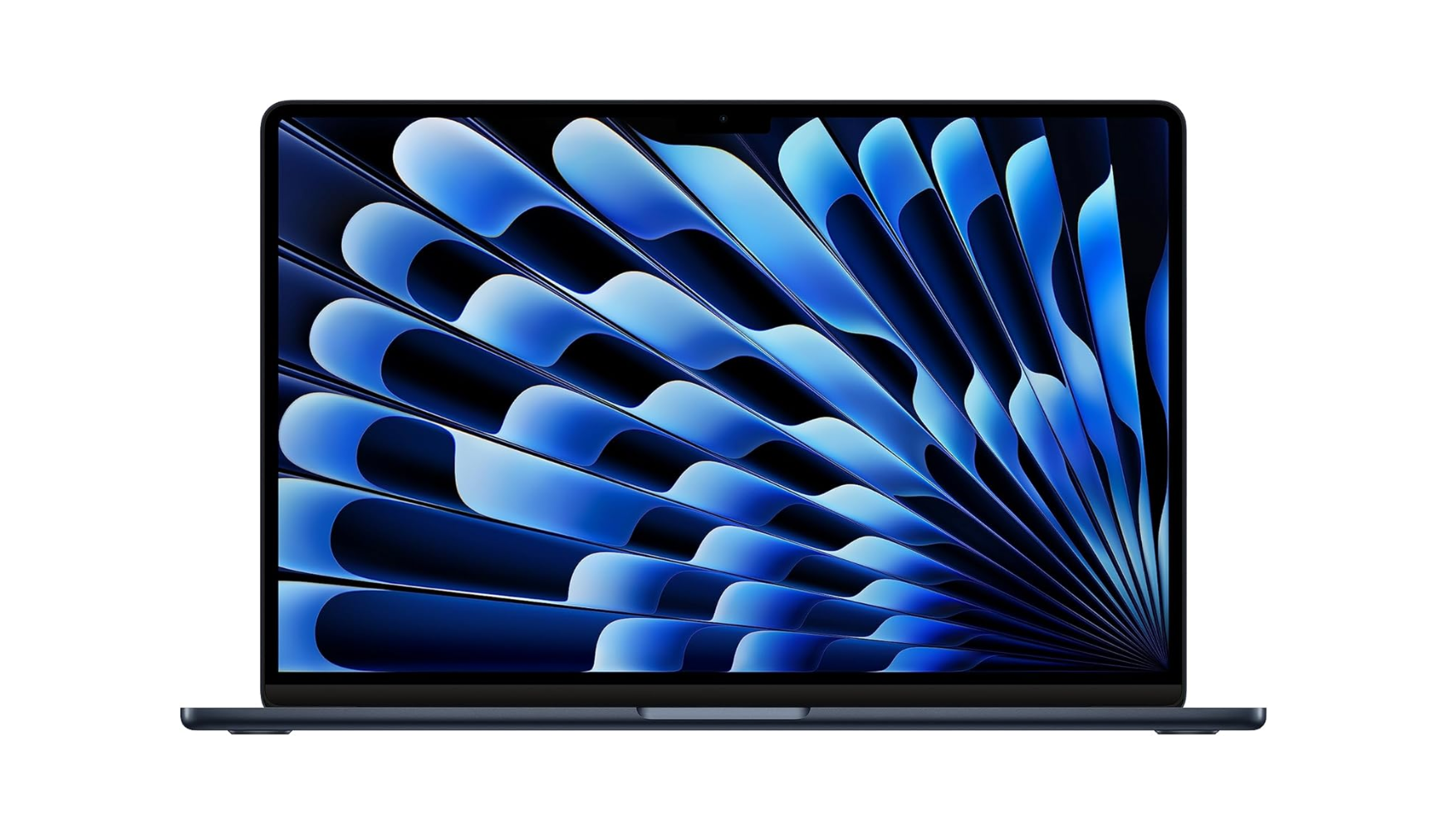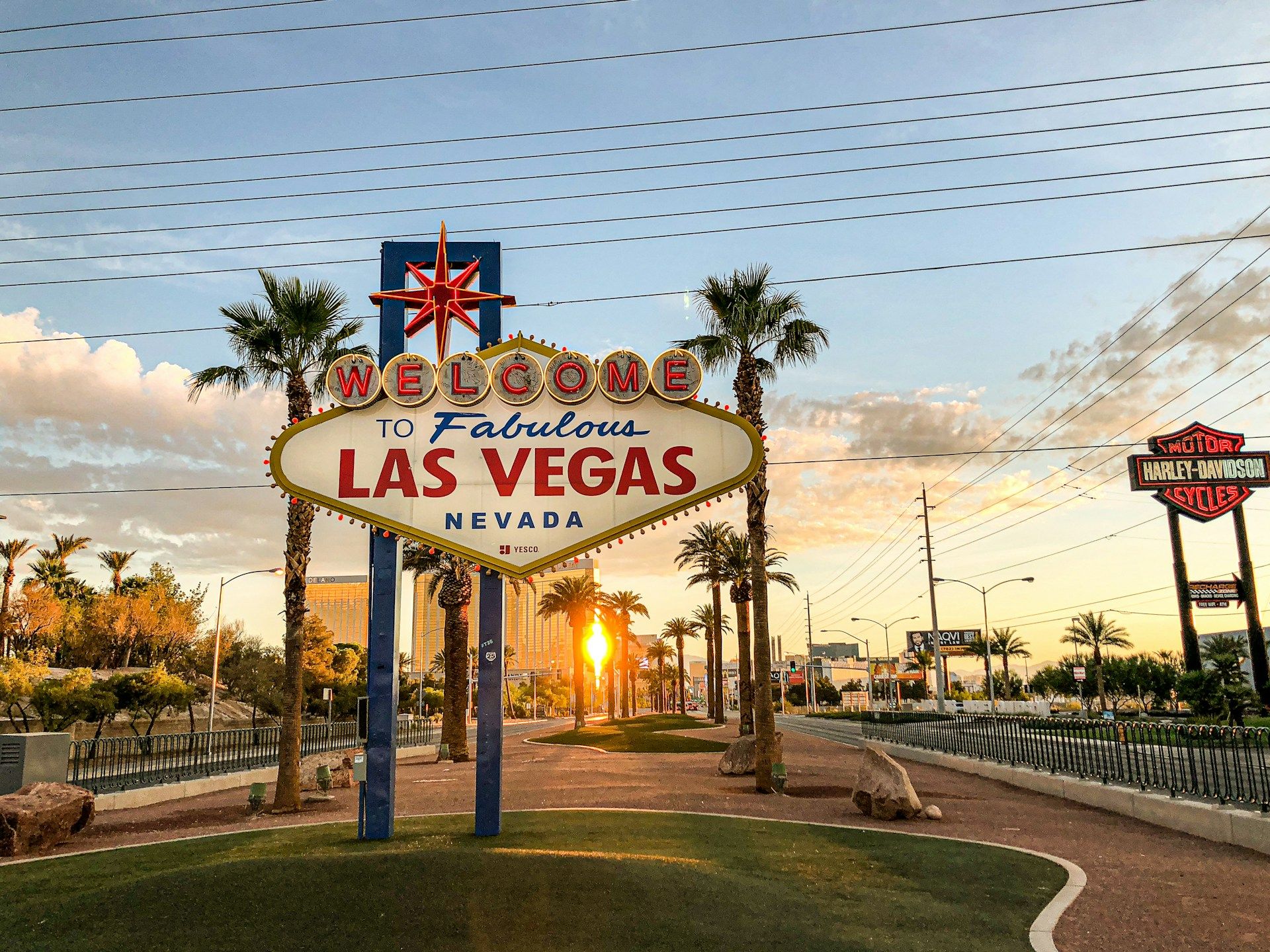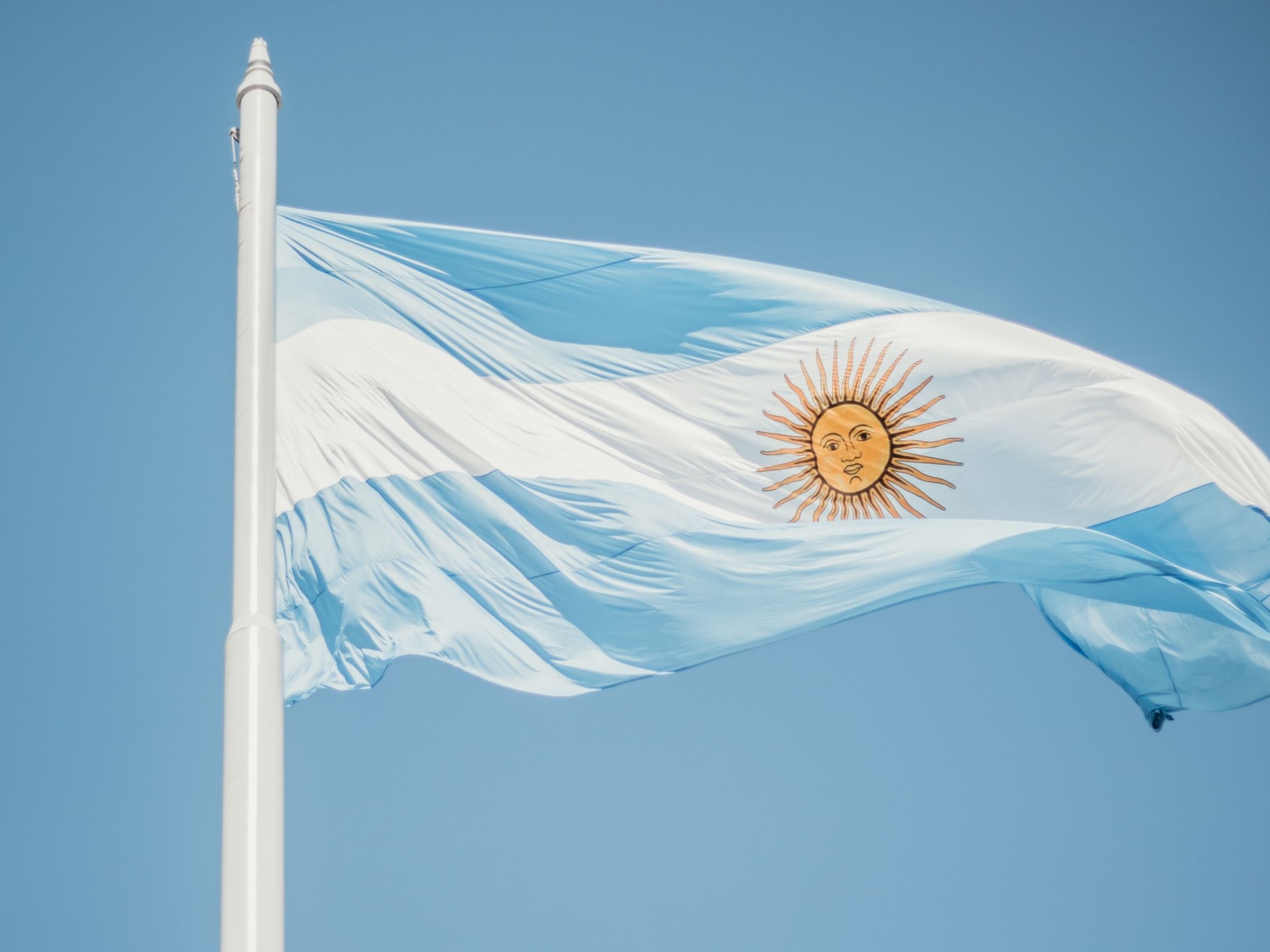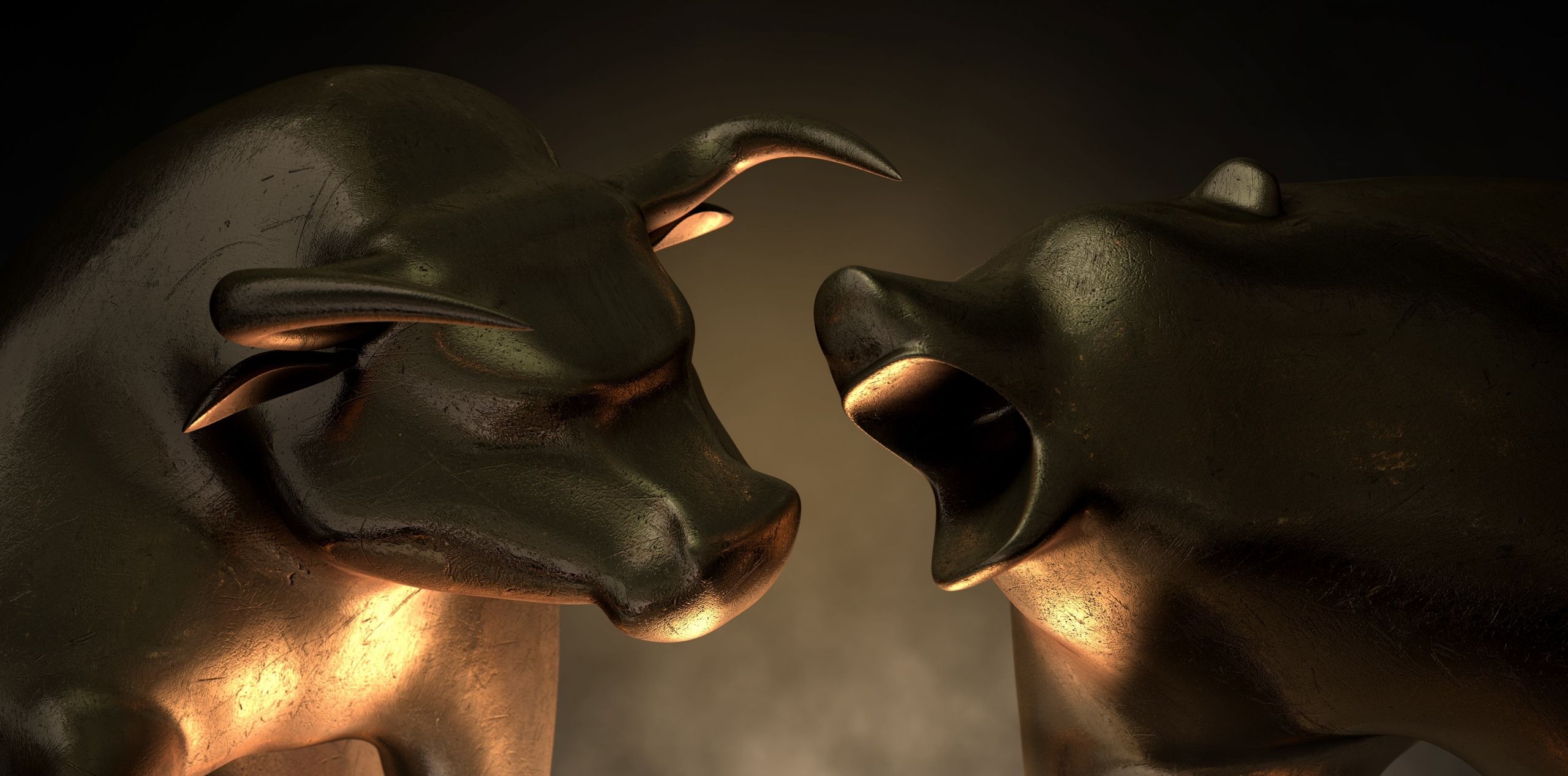How Hawaiian Clothes Have Influenced Global Fashion Trends?
The Origin of Hawaiian Clothes and Their Cultural Significance Hawaiian clothes have a deep-rooted history that reflects the rich culture and traditions of the Hawaiian Islands. These garments, including the iconic Aloha shirt and the colorful muumuu, have long been symbols of relaxation, comfort, and island life. Inspired by Polynesian patterns, Japanese textile techniques, and Western tailoring, these pieces blend various influences into a unique fashion identity. Over the years, they have become much more than casual wear, playing a significant role in shaping global fashion trends. ** Hawaiian Clothes in Western Fashion ** The impact of clothes on Western fashion began in the early 20th century when tourists visiting Hawaii sought to bring back vibrant and comfortable attire as souvenirs. The Aloha shirt, in particular, became a staple in casual menswear, embraced by Hollywood celebrities and surf culture alike. By the 1950s, the trend had spread to the United States mainland, with major fashion brands incorporating tropical prints and relaxed fits into their collections. ** Influence on Casual and Resort Wear ** clothes significantly contributed to the evolution of casual and resort wear. The relaxed, breathable fabrics and bold floral designs introduced a new wave of summer fashion that emphasized comfort and effortless style. Designers began integrating tropical themes into their collections, making floral prints and loose silhouettes a global trend. Beach destinations worldwide embraced these elements, incorporating them into local styles and vacation wardrobes. ** Hawaiian Clothes in High Fashion ** Luxury fashion houses have also drawn inspiration from clothes, incorporating tropical motifs into their runway collections. Designers such as Tom Ford, Versace, and Gucci have showcased Hawaiian-inspired prints in their lines, elevating the Aloha aesthetic to high fashion status. The vibrant colors and nature-inspired designs of traditional Hawaiian garments have influenced seasonal trends, especially in spring and summer collections. ** Celebrities and Pop Culture Influence ** clothes have gained immense popularity due to celebrity endorsements and their representation in pop culture. From Elvis Presley donning an Aloha shirt in the 1961 film "Blue Hawaii" to modern-day influencers showcasing tropical prints on social media, these garments have remained relevant. Musicians, actors, and fashion influencers continue to embrace Hawaiian styles, keeping them in the spotlight and inspiring new generations to adopt the trend. ** Hawaiian Prints and Patterns in Everyday Fashion ** One of the most significant contributions of clothes to global fashion is their iconic prints. Tropical flowers, palm leaves, ocean waves, and Polynesian symbols have become recurring motifs in casual wear. These patterns appear on everything from dresses and skirts to swimwear and accessories, making Hawaiian influences evident in everyday fashion worldwide. ** The Evolution of the Aloha Shirt ** The Aloha shirt has undergone various transformations, adapting to contemporary styles while maintaining its essence. Originally made from Japanese kimono fabric, the shirt has evolved into a versatile piece worn by men and women alike. Today, designers experiment with modern cuts, innovative fabrics, and subtle prints, ensuring the Aloha shirt remains a fashion staple across generations. ** Sustainable Fashion and Hawaiian Clothes ** With the rise of sustainable fashion, Hawaiian clothes have also played a role in promoting eco-friendly practices. Many brands now prioritize ethically sourced materials, natural dyes, and traditional handcrafting methods when producing Hawaiian-inspired clothing. This shift aligns with the global movement toward sustainability while preserving the cultural heritage associated with these garments. ** The Role of Local Artisans ** clothes often feature handcrafted elements created by local artisans who use traditional techniques. By supporting these artisans, designers and consumers contribute to the preservation of indigenous craftsmanship and the promotion of ethical fashion. This emphasis on authenticity and sustainability has further cemented the global appeal of Hawaiian clothing. ** Conclusion: The Enduring Influence of Hawaiian Clothes ** Hawaiian clothes have transcended their origins, leaving a lasting imprint on global fashion trends. Their influence is evident in casual and high fashion, celebrity culture, and sustainable design practices. As fashion continues to evolve, the timeless appeal of clothes ensures they remain an integral part of wardrobes worldwide, celebrating the spirit of aloha with every stitch and pattern.

The Origin of Hawaiian Clothes and Their Cultural Significance
Hawaiian clothes have a deep-rooted history that reflects the rich culture and traditions of the Hawaiian Islands. These garments, including the iconic Aloha shirt and the colorful muumuu, have long been symbols of relaxation, comfort, and island life.
Inspired by Polynesian patterns, Japanese textile techniques, and Western tailoring, these pieces blend various influences into a unique fashion identity. Over the years, they have become much more than casual wear, playing a significant role in shaping global fashion trends.
**
Hawaiian Clothes in Western Fashion
**
The impact of clothes on Western fashion began in the early 20th century when tourists visiting Hawaii sought to bring back vibrant and comfortable attire as souvenirs. The Aloha shirt, in particular, became a staple in casual menswear, embraced by Hollywood celebrities and surf culture alike. By the 1950s, the trend had spread to the United States mainland, with major fashion brands incorporating tropical prints and relaxed fits into their collections.
**
Influence on Casual and Resort Wear
**
clothes significantly contributed to the evolution of casual and resort wear. The relaxed, breathable fabrics and bold floral designs introduced a new wave of summer fashion that emphasized comfort and effortless style. Designers began integrating tropical themes into their collections, making floral prints and loose silhouettes a global trend. Beach destinations worldwide embraced these elements, incorporating them into local styles and vacation wardrobes.
**
Hawaiian Clothes in High Fashion
**
Luxury fashion houses have also drawn inspiration from clothes, incorporating tropical motifs into their runway collections. Designers such as Tom Ford, Versace, and Gucci have showcased Hawaiian-inspired prints in their lines, elevating the Aloha aesthetic to high fashion status. The vibrant colors and nature-inspired designs of traditional Hawaiian garments have influenced seasonal trends, especially in spring and summer collections.
**
Celebrities and Pop Culture Influence
**
clothes have gained immense popularity due to celebrity endorsements and their representation in pop culture. From Elvis Presley donning an Aloha shirt in the 1961 film "Blue Hawaii" to modern-day influencers showcasing tropical prints on social media, these garments have remained relevant. Musicians, actors, and fashion influencers continue to embrace Hawaiian styles, keeping them in the spotlight and inspiring new generations to adopt the trend.
**
Hawaiian Prints and Patterns in Everyday Fashion
**
One of the most significant contributions of clothes to global fashion is their iconic prints. Tropical flowers, palm leaves, ocean waves, and Polynesian symbols have become recurring motifs in casual wear. These patterns appear on everything from dresses and skirts to swimwear and accessories, making Hawaiian influences evident in everyday fashion worldwide.
**
The Evolution of the Aloha Shirt
**
The Aloha shirt has undergone various transformations, adapting to contemporary styles while maintaining its essence. Originally made from Japanese kimono fabric, the shirt has evolved into a versatile piece worn by men and women alike. Today, designers experiment with modern cuts, innovative fabrics, and subtle prints, ensuring the Aloha shirt remains a fashion staple across generations.
**
Sustainable Fashion and Hawaiian Clothes
**
With the rise of sustainable fashion, Hawaiian clothes have also played a role in promoting eco-friendly practices. Many brands now prioritize ethically sourced materials, natural dyes, and traditional handcrafting methods when producing Hawaiian-inspired clothing. This shift aligns with the global movement toward sustainability while preserving the cultural heritage associated with these garments.
**
The Role of Local Artisans
**
clothes often feature handcrafted elements created by local artisans who use traditional techniques. By supporting these artisans, designers and consumers contribute to the preservation of indigenous craftsmanship and the promotion of ethical fashion. This emphasis on authenticity and sustainability has further cemented the global appeal of Hawaiian clothing.
**
Conclusion: The Enduring Influence of Hawaiian Clothes
**
Hawaiian clothes have transcended their origins, leaving a lasting imprint on global fashion trends. Their influence is evident in casual and high fashion, celebrity culture, and sustainable design practices. As fashion continues to evolve, the timeless appeal of clothes ensures they remain an integral part of wardrobes worldwide, celebrating the spirit of aloha with every stitch and pattern.








































































































































































![[The AI Show Episode 143]: ChatGPT Revenue Surge, New AGI Timelines, Amazon’s AI Agent, Claude for Education, Model Context Protocol & LLMs Pass the Turing Test](https://www.marketingaiinstitute.com/hubfs/ep%20143%20cover.png)



































































































































![From drop-out to software architect with Jason Lengstorf [Podcast #167]](https://cdn.hashnode.com/res/hashnode/image/upload/v1743796461357/f3d19cd7-e6f5-4d7c-8bfc-eb974bc8da68.png?#)










































































































.jpg?#)
















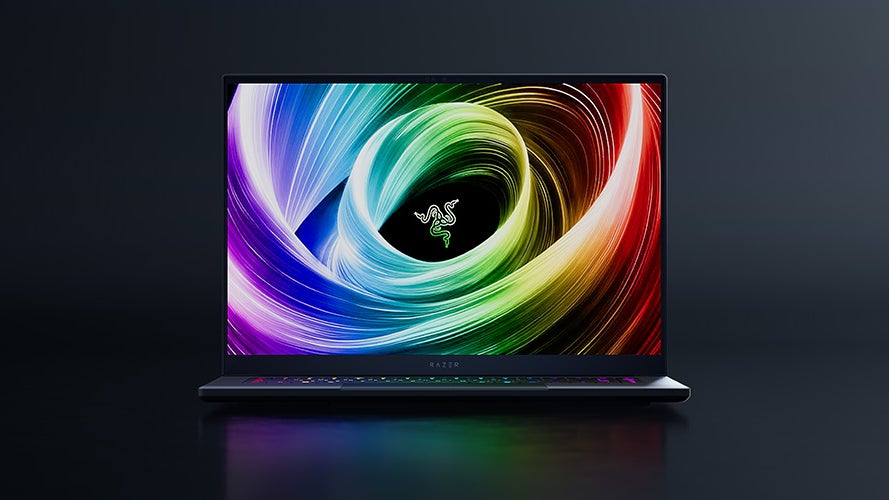
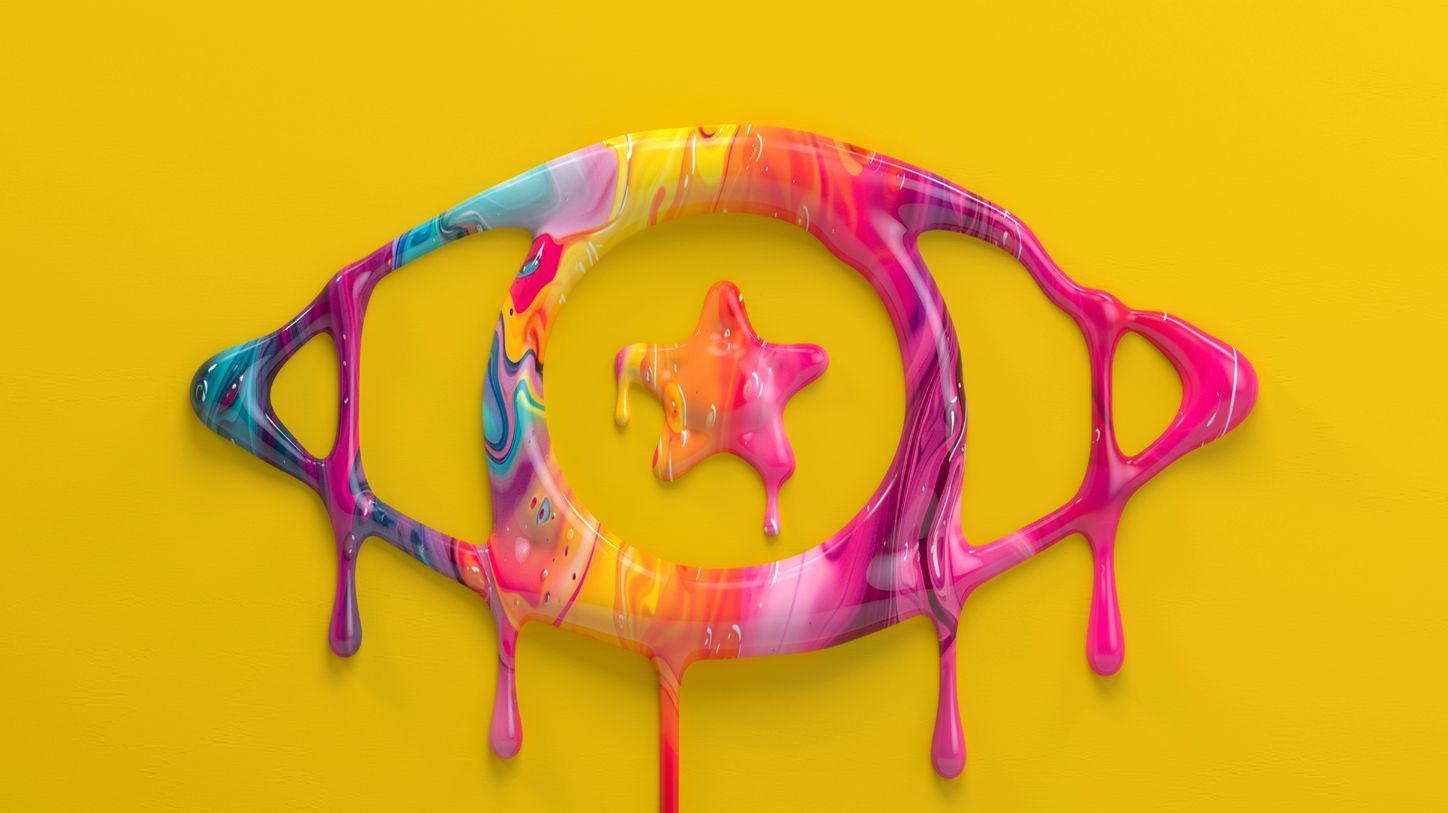










_ArtemisDiana_Alamy.jpg?#)













































































-xl.jpg)












![Yes, the Gemini icon is now bigger and brighter on Android [U]](https://i0.wp.com/9to5google.com/wp-content/uploads/sites/4/2025/02/Gemini-on-Galaxy-S25.jpg?resize=1200%2C628&quality=82&strip=all&ssl=1)











![Apple Rushes Five Planes of iPhones to US Ahead of New Tariffs [Report]](https://www.iclarified.com/images/news/96967/96967/96967-640.jpg)
![Apple Vision Pro 2 Allegedly in Production Ahead of 2025 Launch [Rumor]](https://www.iclarified.com/images/news/96965/96965/96965-640.jpg)














































